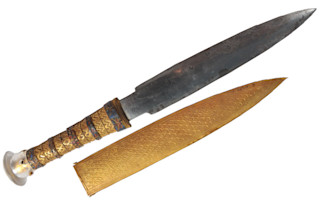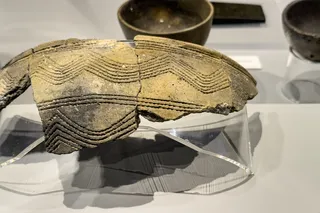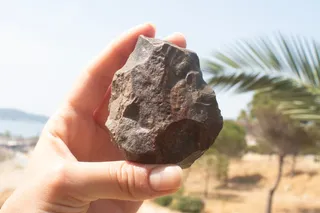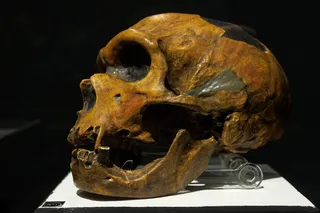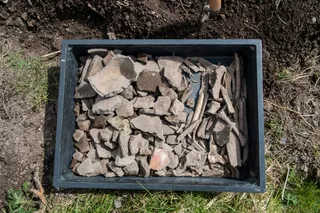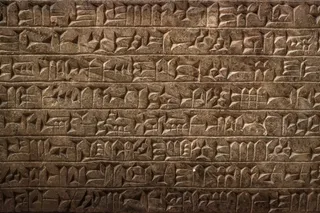This article was originally published on May 9, 2022.
When archaeologists peered inside Tutankhamun’s tomb for the first time in the early 1920s, they found antechambers packed to the brim with thousands of artifacts: statues, furniture, jewelry, clothes, chariots, paintings. Among these possessions was an iron dagger — just over one foot in length and crafted from an iron meteorite — that would puzzle researchers for nearly a century.
It's easy to see why the researchers might be confused. The Iron Age, a period when people across Europe, Asia and Africa began making tools from iron ore through a process called smelting, is generally thought to have begun no earlier than 1200 B.C. — some 150 years after King Tut’s death. If smelting was off the table, archaeologists wondered, how might the dagger have been made?
Takafumi Matsui, director of the Chiba Institute of Technology’s Planetary Exploration Research Center in ...


